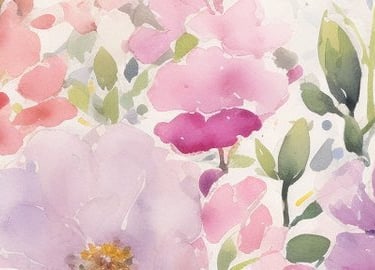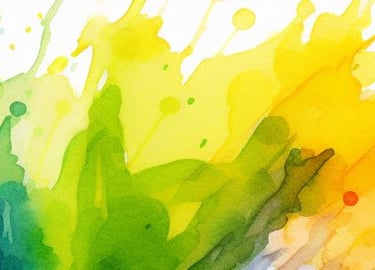LGBTQIA+ Art Creations: A Journey through the Rainbow
Exploring and Celebrating Diversity: A Deep Dive into the World of LGBTQIA+ Art Creations and Artists
ARTCREATIVITY
Kat Sanders
8/6/20233 min read


Art is a multifaceted mirror, reflecting the diversity and richness of society. It allows us to explore the world through a kaleidoscope of experiences and perspectives. One such compelling journey is through the vibrant world of LGBTQIA+ art creations—a journey that underscores the significance of representation and celebrates the myriad shades of human creativity and individuality.
Influential LGBTQIA+ Artists in History
The art world has been graced by numerous LGBTQIA+ artists who have dared to push conventional boundaries, leaving an indelible mark on art history. These trailblazers, unafraid to showcase authenticity amidst societal constraints, have profoundly influenced future generations of artists and art enthusiasts alike.
Consider the provocative works of Robert Mapplethorpe, known for his bold and challenging black-and-white portraits, which delved into unexplored territories of sexuality and eroticism. Then there’s the world-renowned pop artist Andy Warhol, whose provocative yet insightful works brought LGBTQIA+ culture into mainstream consciousness. These influential figures in LGBTQIA+ art history have continually challenged the status quo, inspiring a more inclusive artistic narrative.


LGBTQIA+ Representation in Modern Art
In today’s art world, the role of LGBTQIA+ representation is more crucial than ever. Contemporary LGBTQIA+ artists are pushing boundaries, using their platforms to tell stories that challenge stereotypes and illuminate the varied and vibrant aspects of the LGBTQIA+ community.
Prominent artists like Kehinde Wiley, known for his breathtaking large-scale portraits that subvert traditional portrayals of masculinity and race, and Zanele Muholi, a visual activist whose powerful works celebrate and document South Africa’s black LGBTQIA+ community, are making strides in the art world. These artists bring to the forefront the progress made in terms of visibility and recognition while underscoring the work still to be done.
Celebrating Diversity through LGBTQIA+ Art Creations
The vast spectrum of LGBTQIA+ art serves as a testament to the community’s diversity. Each creation is a unique thread in the rainbow tapestry of LGBTQIA+ experiences and identities.
For instance, Keith Haring’s iconic graffiti art, teeming with life and movement, was instrumental in the AIDS activism of the 1980s. Gilbert Baker, the artist behind the universally recognized Rainbow Flag, created a symbol of pride and unity that resonates with the LGBTQIA+ community worldwide. These art pieces are not just visual delights; they celebrate diversity and inspire dialogue about acceptance and equality.


Impact of LGBTQIA+ Culture on Artistic Expression
LGBTQIA+ culture plays a substantial role in shaping artistic expression. Artists within the community often use their work as a medium to explore themes of identity, love, struggle, and acceptance, and to amplify their unique experiences.
Consider the works of Catherine Opie, an American photographer known for her striking portraits of LGBTQIA+ individuals, or David Wojnarowicz, a multidisciplinary artist whose art and activism in the 80s addressed issues of queer identity, AIDS, and social justice. Their works highlight the intersection of art and life, reflecting the complex reality of the LGBTQIA+ community.
Promoting Inclusivity with Queer Art Exhibitions
The role of queer art exhibitions in promoting inclusivity and diversity cannot be overstated. They provide a platform for LGBTQIA+ artists, amplifying their voices and encouraging a broader understanding of their experiences and struggles.
The ‘Queer British Art’ exhibition at Tate Britain, for example, traced a century of LGBTQIA+ experiences, bringing together a variety of works that explored sexuality and gender identity. The ‘Art after Stonewall, 1969–1989’ exhibition at the Grey Art Gallery offered a comprehensive survey of the impact of the LGBTQIA+ civil rights movement on the art world. These exhibitions stand as testaments to the community’s resilience and creativity.


This exploration through the ‘rainbow’ of LGBTQIA+ art and artists has revealed a world of creativity, resilience, and diversity. It has highlighted the transformative power of art—its ability to provide a voice to marginalized communities and its role in shaping society’s perceptions. While we celebrate these milestones, it’s important to remember that the journey towards broader representation and acceptance continues.
I invite you to further immerse yourself in the world of LGBTQIA+ art—visit exhibitions, share the works of LGBTQIA+ artists, engage in dialogues. Let’s contribute to creating a world where art, in all its forms and origins, is celebrated. I welcome your thoughts and comments. Let’s make a difference, together.

